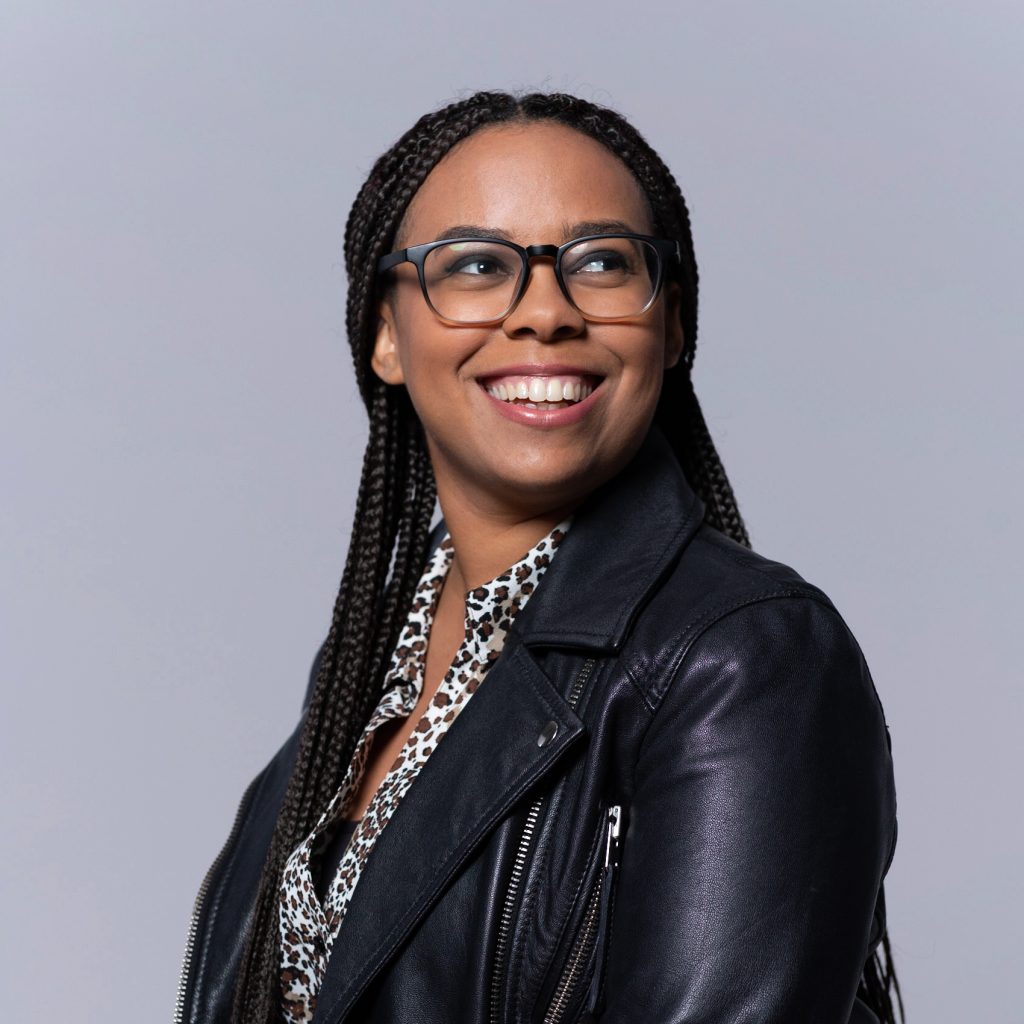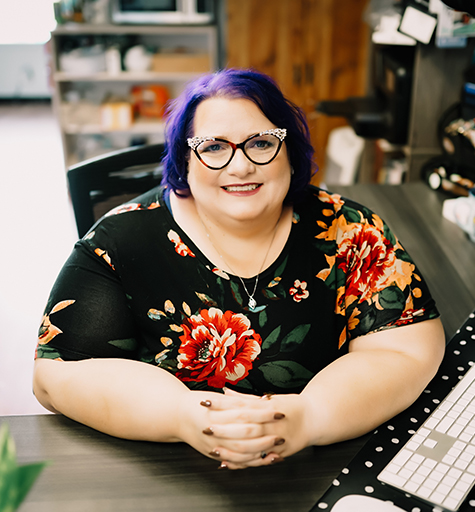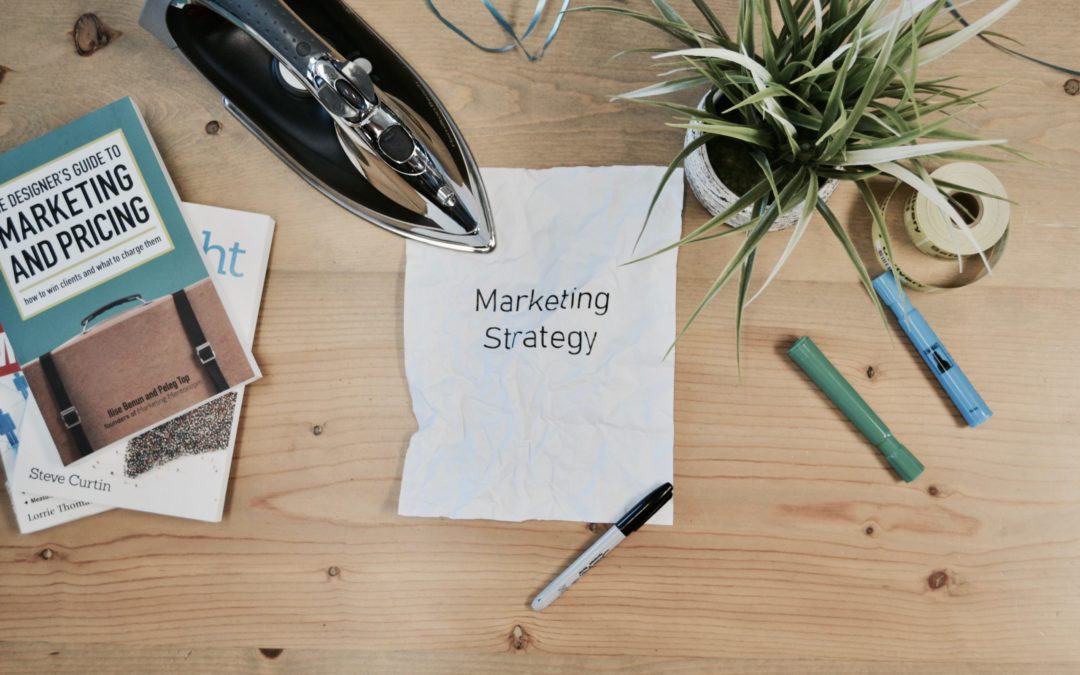Show Notes
In this episode Allie and Michelle talk about the fine line between being inclusive with your marketing efforts, and being performative. Hint: it’s all about intention and thought!
Episode Transcript
Speaker 1:
Welcome to the Underrepresented In Tech podcast, hosted by Michelle Frechette and Allie Nimmons. Underrepresented in Tech is a free database built with the goal of helping people find new opportunities in WordPress and tech overall.
Michelle:
Hi Allie.
Allie:
Hi Michelle. How are you today?
Michelle:
Good. I love when I get to sing your name to you. I usually… Okay.
Allie:
I was going to say I was not here last week, but I’m here this week and we’re recording a day early, so everything feels all kind of-
Michelle:
Yes.
Allie:
… thrown off and confused. We’re off our usual schedule.
Michelle:
So different.
Allie:
Yeah.
Michelle:
Yeah. Well, I’m speaking at a conference tomorrow and right around the same time we would normally record and my Thursday… Boom. Blew up tomorrow. So I was really grateful that you could adjust your schedule and record a day early. So thank you.
Allie:
Absolutely.
Michelle:
So, one of the fields that you and I deal with a lot… So obviously we’re in tech and we talk about inclusion and technology, we talk about underrepresentation in technology, but one of the things that you and I get thrust into a lot, and it my chosen profession, is marketing. And so, we talk about marketing a lot within the circles that we’re in, and you and I talk about marketing as it pertains to recruiting a lot to. And one of the things that I thought we could talk a little bit about, when it’s appropriate to bring underrepresentation into your marketing. So, what makes inclusive marketing versus performative marketing when it comes to underrepresentation?
And I’ve talked a little bit in the past, I know I’ve brought it up on the show about I love Etsy. I love their commercials that they had around the Christmas times and everything where they were super inclusive with the LGBTQ community, super inclusive when it came to ethnicities, and they just went unapologetically for it. They have artists and crafters in the Etsy community across all ethnicities, across all abilities and what have you. All the underrepresented groups. Every time I wanted to talk about underrepresentation, I start talking, listing off all the different groups. But if I didn’t mention yours, it’s not because I’m not [inaudible 00:02:32].
Allie:
It’s okay.
Michelle:
It’s okay. And how wonderful I thought that was. And then I thought back to, and I’m probably going to butcher this completely, but I remember… I want to say it was a Cheerios commercial, but it might have been another product where the family was a mixed ethnicity family. So I want to say a black woman and a white man together, but it might have been reversed. And their kid who wanted Cheerios, who was a mixed race child, my daughter is, like you are, right? And the world was not ready for that, which is so stupid. I don’t mean that obviously, literally, but so many people boycotted the brand because how dare you have a mixed race couple in your advertising. Whereas it’s-
Allie:
Were upset about it. The same thing happened with… There was a Campbell soup commercial where there was a family with two dads or two moms or something. And people were really mad about that and they’re like, “I’m never drinking this soup again.” And Campbell’s was like, “Okay.”
Michelle:
Okay.
Allie:
Yeah. It happens all the time where there’ll be a commercial like that that has some degree of inclusivity and people, they don’t like seeing it. And so it completely ruins their day, which makes no sense to me.
Michelle:
Exactly. And heaven forbid, there’s trans people in the world and-
Allie:
Absolutely not.
Michelle:
And a person in a wheelchair, how can a person in a wheelchair represent your company? And I mean, it is absolutely ridiculous how people will go after things that they don’t see as mainstream when there are more people… If you add all the underrepresented groups together, they outnumber the straight white, cis people in the world, right?
Allie:
Yeah.
Michelle:
Non neurodivergent, non-disabled. Seriously, if we all teamed up, we could take down the world. But that’s not to say that we should do that. But it’s not right, in my opinion, to attack companies that are not performative, but are actually inclusive in their marketing. Now, it’s great, we can talk all day about the wonderful things that people are doing inclusively, but I think what we should talk about is when it goes wrong, when it’s not inclusive, but goes back to that performative. And we see it all the time.
Allie:
Yeah. And I see two sides of that as well. There’s a thin line between being intentionally inclusive and being, like you said, performative, tokenizing, where you’re going to say, “Okay, to control how this looks, we’re going to sprinkle in some diversity, so that people don’t get upset,” or whatever the case may be.” So a lot of it is intentionality. And the thing with the Cheerios commercial and the Etsy commercials that we talked about a while ago, those are either telling very unique stories and having those people in those commercials be representative of those experiences in those stories. Or it’s just representing a normal slice of whatever that client base is or customer base is. There are mixed race families who eat Cheerios. Why can’t they not be in a commercial, right?
Michelle:
Exactly.
Allie:
So that makes sense. The intentionality is there in terms of being representative, but the problem comes in where the intention is not to be representative, but the intention is to control optics, which is a huge problem. The other side of that that I see is where things are just not thought through, and then things start to look bad. A very general example I will give, I was somewhere once, I won’t say in what context or where I was, and there were images that were going to go out as a part of a social media strategy. And there was a white guy, I think, rock climbing and a white woman doing yoga and a black man playing basketball. And I was like, “I think we should change this.” Because sports, and I’m speaking for the western world, primarily United States of America, where this was happening and where these images were being sent out to, there are a lot of negative stereotypes around black people in sports.
The idea that it’s one of the only few things that we can do and be super successful, it’s one of the only ways that a young black male can make it in the world is to go into sports. There’s a huge crazy racial history behind the use of black bodies for the profit of these white managers. It’s a whole thing. Not to say that black people don’t play sports. Most NBA teams are full of black men, but there’s a lot of weight and heaviness behind that. So, to put out a series of images in which the only black person represented is playing sports, you’re either trying to say something about that, or you are so unaware of what that implies, that you are potentially offending people without even realizing it. And that, to me, was one of the kind of instances we’re talking about where in a way it was performative because it was, “Okay, well we want to show the diversity, so we’re going to find a stock photo with a black dude doing something and put it in there.”
And I mean, I recommended that that didn’t go out, and it didn’t. I don’t know that anything would’ve happened if it had. People may not have thought about it as seriously as I did. But it’s also a reason why, we’re talking about marketing, it’s a reason why it’s so important to have diverse people on marketing teams. So that they can see the things that overly represented people may not see.
We all have our blind spots, we all have our gaps, we all have the things that we just grew up never really realizing or never really thinking about. I’m not saying that that’s okay, but it’s just how things are. And so, when you have underrepresented people on these teams, they can say, “Well, this community may not respond well to that.” And that’s how you can very easily prevent some PR disasters that some companies end up walking straightforward into. But I love seeing… I don’t love it, but I get a chuckle out of a campaign becoming a meme or blowing up or something, and I’m like, “Man, if they had a gay person on that team, they would’ve recognized that slang word and told you not to have used it.”
Michelle:
Yep.
Allie:
It happens all the time. But that’s what happens when your diversity is performative and does not have thought behind it. That’s the primary thing that’s missing, is you’re not really thinking about what it is that you’re doing in terms of the community that you’re representing or affecting. And that bad stuff can happen, which-
Michelle:
Absolutely.
Allie:
… marketers, you don’t want to put something out that’s going to bring negative attention back on the brand.
Michelle:
Absolutely. Absolutely. So you really do want to pay attention to those things. Not to put a plugin for our services, but we have a one hour pick your brain session that could be about anything. If you have a new marketing campaign and you would like our set of eyes on it, hit up our website. We’re happy to give you that feedback before the community gives you that feedback in a negative way. Hiring somebody, it doesn’t have to be us, hiring somebody or working with somebody on your team who can give you more perspective than you can think about. Nobody has the ability to think in 365 degrees. We see what we see within a certain pattern. The flashlight can’t show all the way around. Nobody’s a disco ball reflecting light everywhere. And so, it’s not a failure to not see things yourself. The failure comes when you don’t use the resources that are available to you to try to thwart any of those kinds of issues before they happen.
Allie:
Yeah. It’s all a matter of intentionality.
Michelle:
Absolutely.
Allie:
And I mean, I feel like I’ve spoken to a lot of people in the community who are sometimes afraid to put the effort into being more inclusive with decisions because they’re afraid that either they’re being performative without realizing it, or people are going to think that they’re being performative and they don’t want that blowback, right?
Michelle:
Right.
Allie:
And I mean, I think it depends very much on the situation, the circumstance of the person. Usually, I opt for do what you think is right. And if you are genuinely trying to be helpful and do the right thing, if people do happen to think that you’re being performative, that’s something that you can, not to say argue back, but you know you weren’t. So an apology wouldn’t be like… I’m saying an apology wouldn’t be necessary. What am I trying to get at? If you know that what you were doing is right, you can defend that decision confidently, and you can come back from that. If you do things without thought, that’s not really something that you can defend and come back from. So I always opt for do what you think is right. And I feel like I’ve also spoken to people who, they don’t know how to sometimes phrase things or say things properly, again in a way that is welcoming and inclusive and not tokenizing.
I mean, so much of marketing is not just what you say, but how you say it. So again, we have services. Lots of other people have services too. The point is ask other people, hire other people to look at your work and make sure that it’s reading the way that you want. Because I think sometimes people think that writing that kind of, maybe copy, or something is supposed to come naturally, and it’s supposed to just sound perfect. And that’s not true. Especially if you’re writing ads or something where you have a limited amount of text, or if you’re putting text on a graphic and you have a limited amount of space, you want to make sure that what you’re saying is exactly what you mean and so on and so forth. And so, do the extra work to make sure that it’s going to work, that it’s fine, that it’s okay, that you’re not going to walk into an uncomfortable situation that you didn’t intend because you were clumsily trying to do the right thing. It’s okay to ask for help is the TL;DR.
Michelle:
Absolutely.
Allie:
That’s what I was trying to say. Yeah.
Michelle:
Absolutely. And you don’t want to unintentionally offend people. I remember hearing, in America, the thumbs up symbol is like, “Hey, everything’s great. It’s A okay.” In other regions of the world, it’s an offensive motion, just like the middle finger is offensive here, the thumbs up is offensive there. So do you want to put that in an ad that’s going globally? Probably not, right?
Allie:
Yeah.
Michelle:
There are words that are offensive in places and things that translate differently in other languages. I don’t know if this is true or not, but there’s the tale that says that when they created the Chevy Nova, that it didn’t sell in any place that was Spanish speaking as Nova means no go. That doesn’t sound like it’s real to me, but you want to think about things like that, right?
Allie:
Yeah.
Michelle:
Because you just want to make sure that you’re not unintentionally offending somebody. I used to proofread for a children’s Sunday church bulletin, and it was things like word searches and things like that. And I scoured the word search to make sure that none of the non-word letters in there accidentally made words that shouldn’t be in a children’s bulletin. So just have an eye out to those things and always have somebody else also checking your work to make sure that you’re not unintentionally offending people.
Allie:
Yeah, definitely. Definitely. Again, I get a chuckle when people put things out there where it’s like nobody looked at that. Okay, so I’m going to end with an example that I think will make you laugh.
Michelle:
Okay.
Allie:
But it’s not a thousand percent related to what we’re talking about, but it’s in that camp. Where I recently saw a meme. It got made into a meme, but this guy’s wearing this shirt and it says Dope, right? D-O-P-E. But the letters are all kind of scattered all over the place, so they’re not lined up in a row. They’re like D-O-P-E, D-O-P… They’re just scattered all around the shirt. And if you look at it a certain way, instead of it saying dope, D-O-P-E, you could read it as P-E-D-O.
Michelle:
Oh, yes.
Allie:
And it’s the thing of once you see it, you can’t unsee it. And it’s like, how did this shirt get made and nobody said anything?
Michelle:
Right. Yeah.
Allie:
Stuff like that.
Michelle:
And self-labeling yourself that, is not a good thing.
Allie:
Walking around with a shirt that just says that all up front back is just like, “What, dude?”
Michelle:
Yeah. Not a good idea. Not a good idea.
Allie:
Yeah. So I’ll leave us on that little anecdote because I think we’ve made our point.
Michelle:
That’s a fun place to end. Cool. Very good. All right. We’ll see everybody next week for the next edition.
Allie:
See you next week.
Michelle:
… of Underrepresented in Tech.
Allie:
Bye-bye.
Speaker 1:
This episode was sponsored by the following companies. YIKES Inc. YIKES Inc. is a collaborative, results driven Philadelphia based WordPress agency dedicated to sustainable business practices. Thank you so much to our sponsors for this episode. If you’re interested in sponsoring an episode, using our database, or just want to say hi, go to underrepresentedintech.com. See you next week.
This episode was sponsored by YIKES, Inc. YIKES, Inc. is a collaborative, results-driven, Philadelphia-based WordPress agency dedicated to sustainable business practices.

Allie Nimmons
Host

Michelle Frechette
Host


